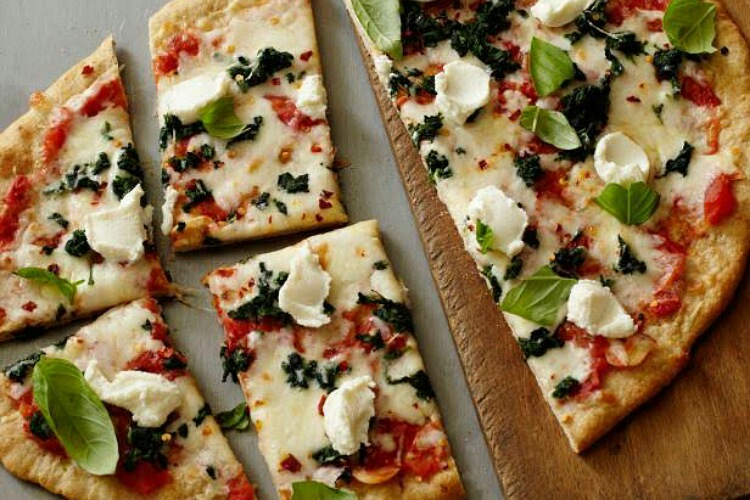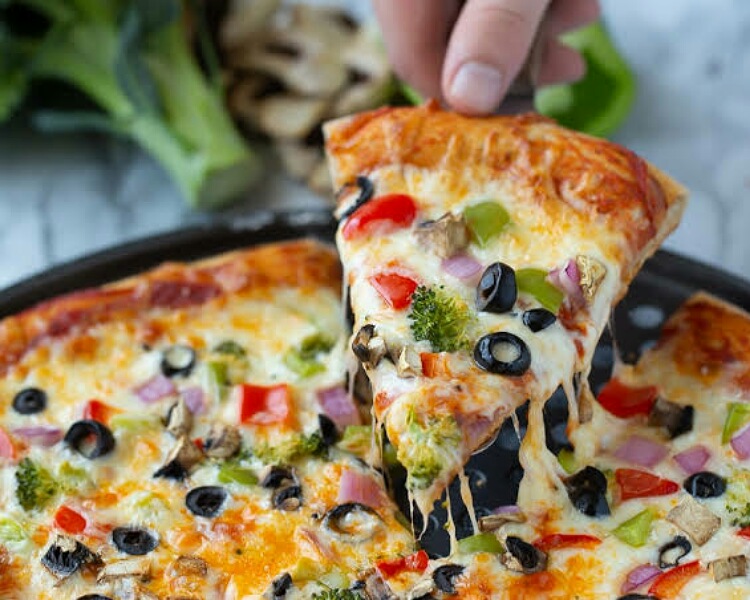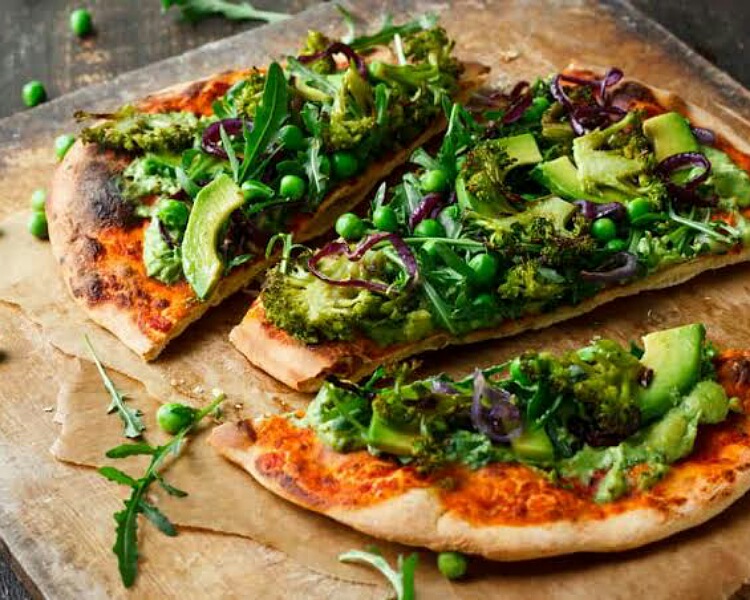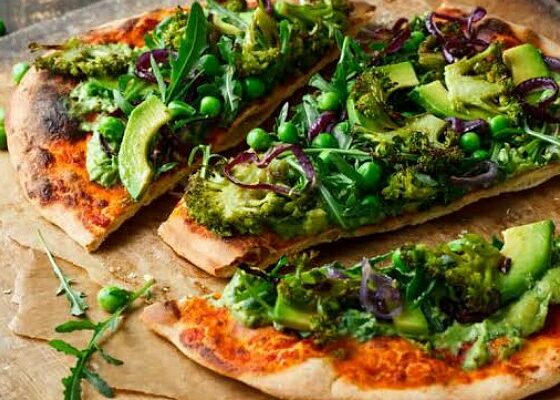We all love pizzas. But restaurant pizzas are carb-heavy with lots of saturated fats and calories. If we are watching our weight and waistline, we tend to not purchase them. But our cravings persist. If you are a passionate cook, you can make your own healthier pizza at home.
Healthier pizza at home
Pizzas are a great favorite of everyone. It is a popular takeaway and very delicious. But it is also not healthy. It has a lot of carbs, calories, saturated fats and salt. It has a lot of processed ingredients in it. But if you love them, it is best to make healthier pizza at home. Here are the steps and advice from NZ nutritionist Harriet Lidgard.
Pizza base or Crust flour
Choose the healthier flour. Avoid refined flour and go for whole wheat flour. Harriet advises:
“Whole wheat flour is a good option because it contains more fibre and nutrients than all-purpose flour.”
“It also has a lower glycaemic index, which means that it won’t cause your blood sugar to spike as much as white flour.”

Blood sugar spikes are followed by energy crashes. This increases craving for sugary foods and adds to the weight. Further, she suggests:
“Almond flour is a gluten-free and low-carb option that’s high in healthy fats and protein.”
“It has a slightly sweet flavour and can give your pizza crust a nutty taste.”
Chickpea flour is also good with high protein and fiber. About it, Harriet says:
“It also has a lower glycemic index than all-purpose flour, which means it won’t cause your blood sugar to spike as much.”
Cheese
One should go easy on the cheese used. According to Harriet:
“Use a moderate amount. Cheese is delicious but you can get the same taste and satisfaction without going overboard.”
Choose the low calories cheese. Mozzarella cheese 100 g has 300 calories while similar amount of cheddar cheese has 400 calories.
Sauce for the base
Harriet explains:
“Choose a tomato-based sauce instead of a creamy or high-fat sauce.”
“It provides important nutrients such as lycopene, a powerful antioxidant that may help reduce the risk of cancer and heart disease.”

She adds:
“Making your own can also be a great option and is easy using onion, garlic, herbs and a can of tomatoes.”
Toppings
Use lean cuts of meats and veggies. The latter could be onions, mushrooms, spinach, tomatoes, bell peppers and the like. The nutritionist adds:
“This will add flavour, fibre, and important vitamins and minerals to your pizza.”
“Try to use a variety of colourful veggies to ensure you get a variety of nutrients.”
Further, she recommends:
“Use lean protein sources such as grilled chicken, fish, or tofu instead of high-fat meats such as sausage or pepperoni and use herbs and spices for flavour instead of using lots of sauces or dressings.”

Oregano, basil, garlic, and chilli flakes are good. Healthy fats are also OK but do portion control. Harriet suggests:
“Olive oil is a great source of healthy monounsaturated fats and can add a rich, savoury flavour to your pizza.”
“Drizzle a little bit on top of the pizza before baking or use it to brush the crust.”
Avocado slices are also excellent for toppings. Moreover, she says:
“Adding some smoked salmon as a topping can be a great way to include some healthy omega-3 fatty acids.”
“Salmon is also a good source of protein, making it a great addition to a homemade pizza.”
Also, read Easy and Fresh Tomato Sauce Recipe (Perfect on Pastas and Pizzas)
And she concludes:
“Overall, including pizza in a healthy and balanced diet is all about balance and moderation.”
“We don’t want to deprive ourselves of things we enjoy, but rather make mindful choices that support our health and wellbeing.”
